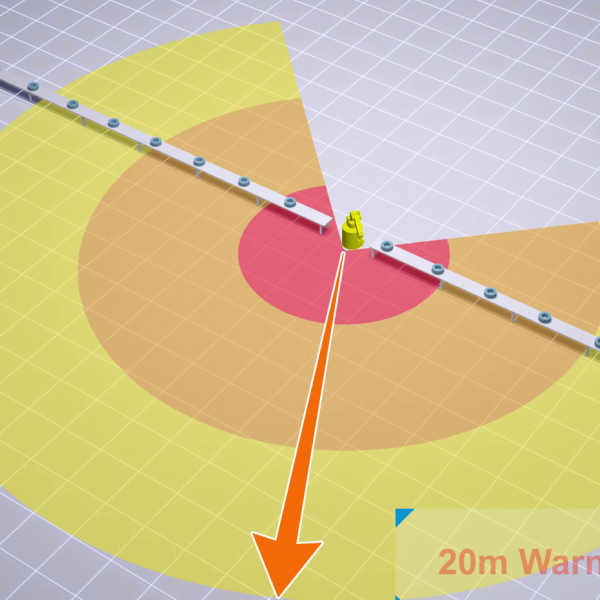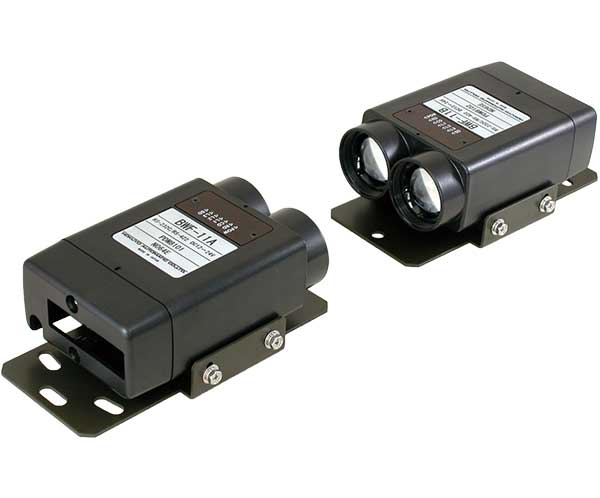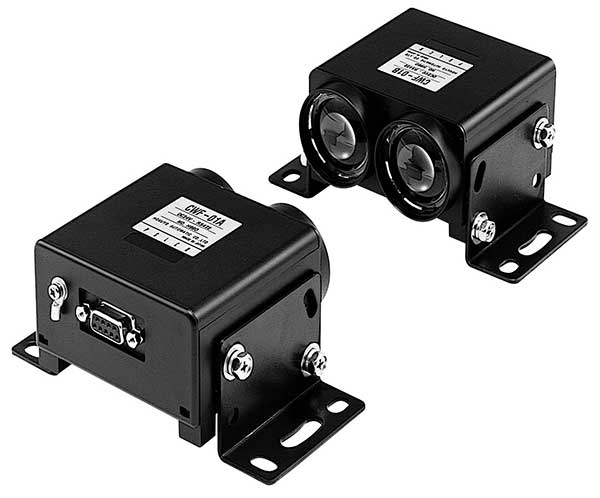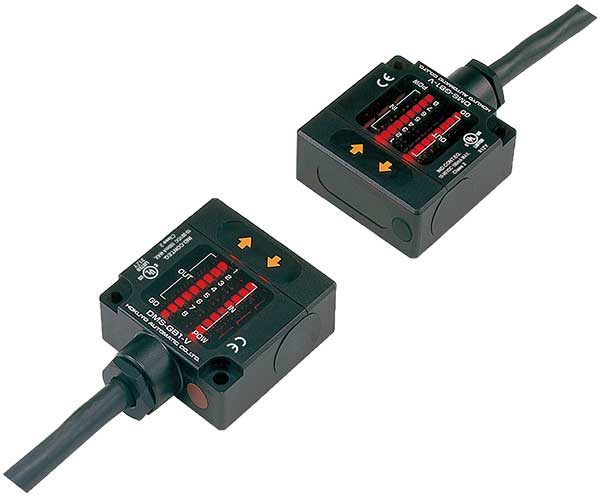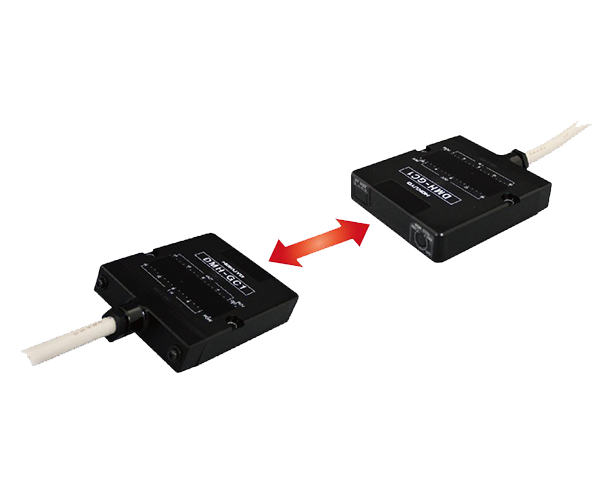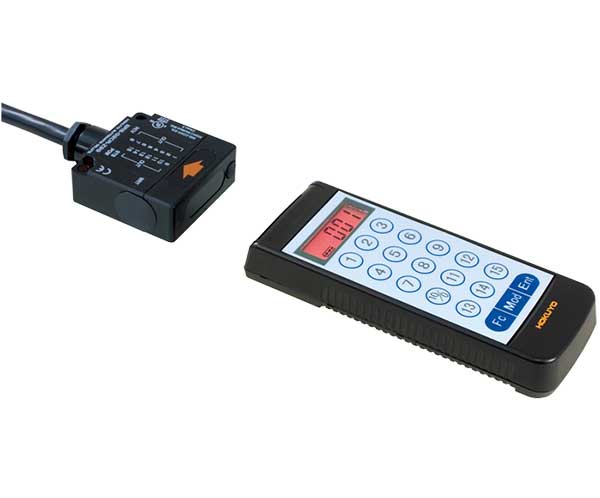Quickly and reliably transmit data over various distances.
Unlike fixed guards or light curtains that protect only fixed areas, safety laser scanners provide flexible, 270° coverage. They can be reprogrammed for multiple zones, adapt to dynamic environments, and allow easier integration with automated systems.
Optical data transmission uses a beam of light (often infrared) to send digital signals wirelessly between two points. Unlike Wi-Fi or Bluetooth, it’s designed for short to medium-range, high-speed, interference-free communication in industrial environments.
- Eliminates cable wear and tear in moving equipment (e.g., cranes, AGVs).
- Allows communication in areas where cabling is impractical.
- Provides fast and reliable data transfer with minimal signal loss.
- Resistant to electromagnetic interference (EMI), making it ideal for harsh industrial sites.
- Automated Guided Vehicles (AGVs), Overhead Hoist Transport (OHT) and overhead bridge cranes.
- Conveyor systems with moving components.
- Rotating machinery or turntables where cables can tangle.
- Environments with high EMI where wireless RF struggles.
Depending on the model, Hokuyo’s sensors typically range from 0.2m up to 200m. This makes them ideal for both short-distance precision setups and longer-distance mobile applications.
Hokuyo’s systems are designed with robust optical alignment and filtering, but performance can be affected by heavy dust, smoke, or condensation. Regular lens cleaning and proper placement ensure optimal reliability.
Most models support parallel, serial and Ethernet transmission formats, making integration easier with PLCs, controllers, and industrial networks.
No. They’re typically plug-and-play with straightforward alignment. Hokuyo’s compact housings and indicator LEDs simplify setup and help with precise alignment during installation.
Not exactly. While Wi-Fi and Bluetooth are great for general wireless communication, optical systems are better suited for mission-critical, interference-free, point-to-point data transfer in industrial automation.
- Automotive manufacturing (AGVs, conveyors).
- Warehousing and logistics (material handling systems).
- Steel and heavy industry (harsh environments with EMI).
- Robotics and automation machinery (flexible, tangle-free communication).

 Factory Automation
Factory Automation Logistics Automation
Logistics Automation Process Automation
Process Automation Crane Collision Avoidance
Crane Collision Avoidance LiDAR/Obstacle Detection
LiDAR/Obstacle Detection Safety Laser Scanners
Safety Laser Scanners Optical Data Transmission
Optical Data Transmission Hot Metal Detectors
Hot Metal Detectors Laser Distance Sensor
Laser Distance Sensor Blog
Blog Whitepapers
Whitepapers Case Studies
Case Studies Infographics
Infographics